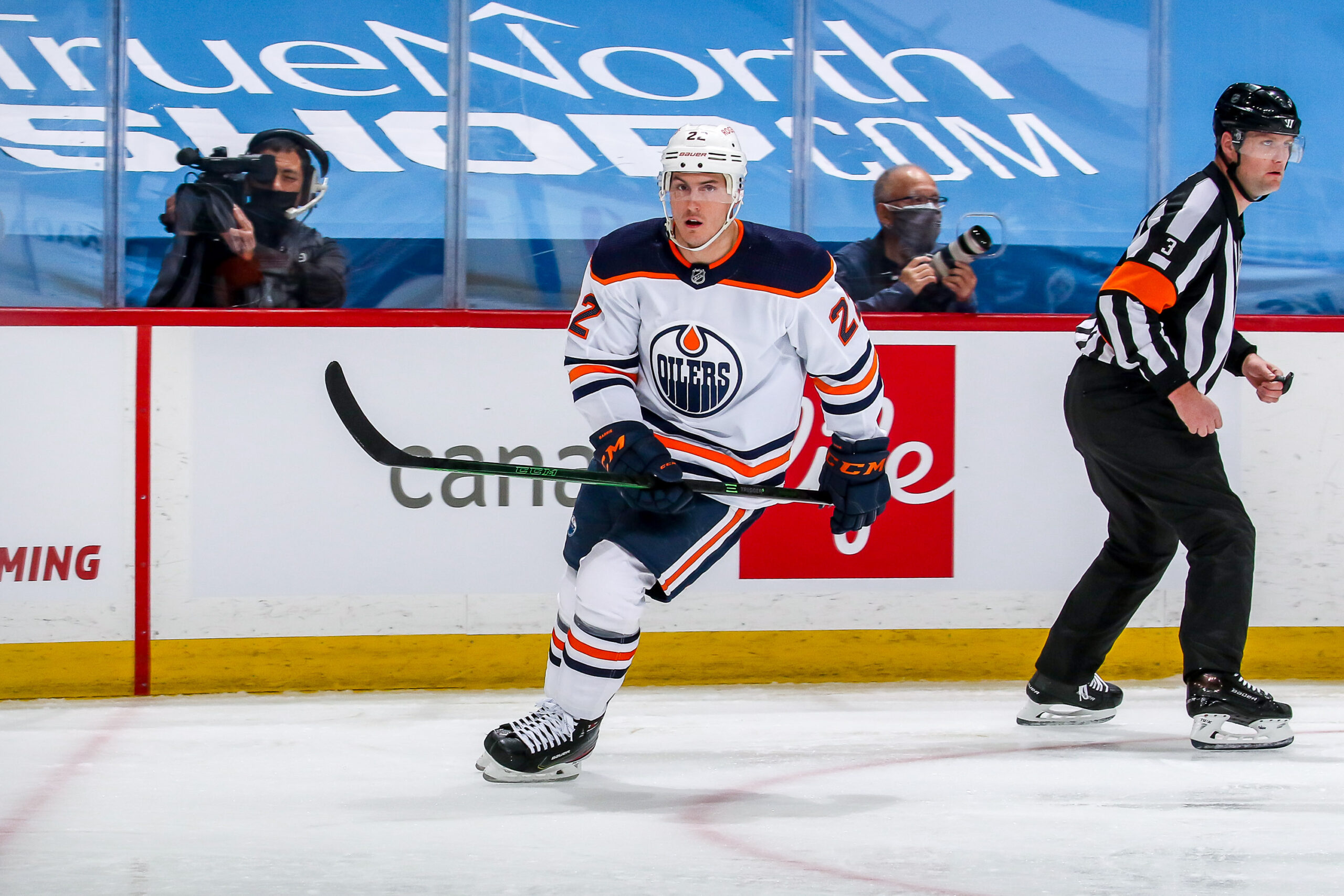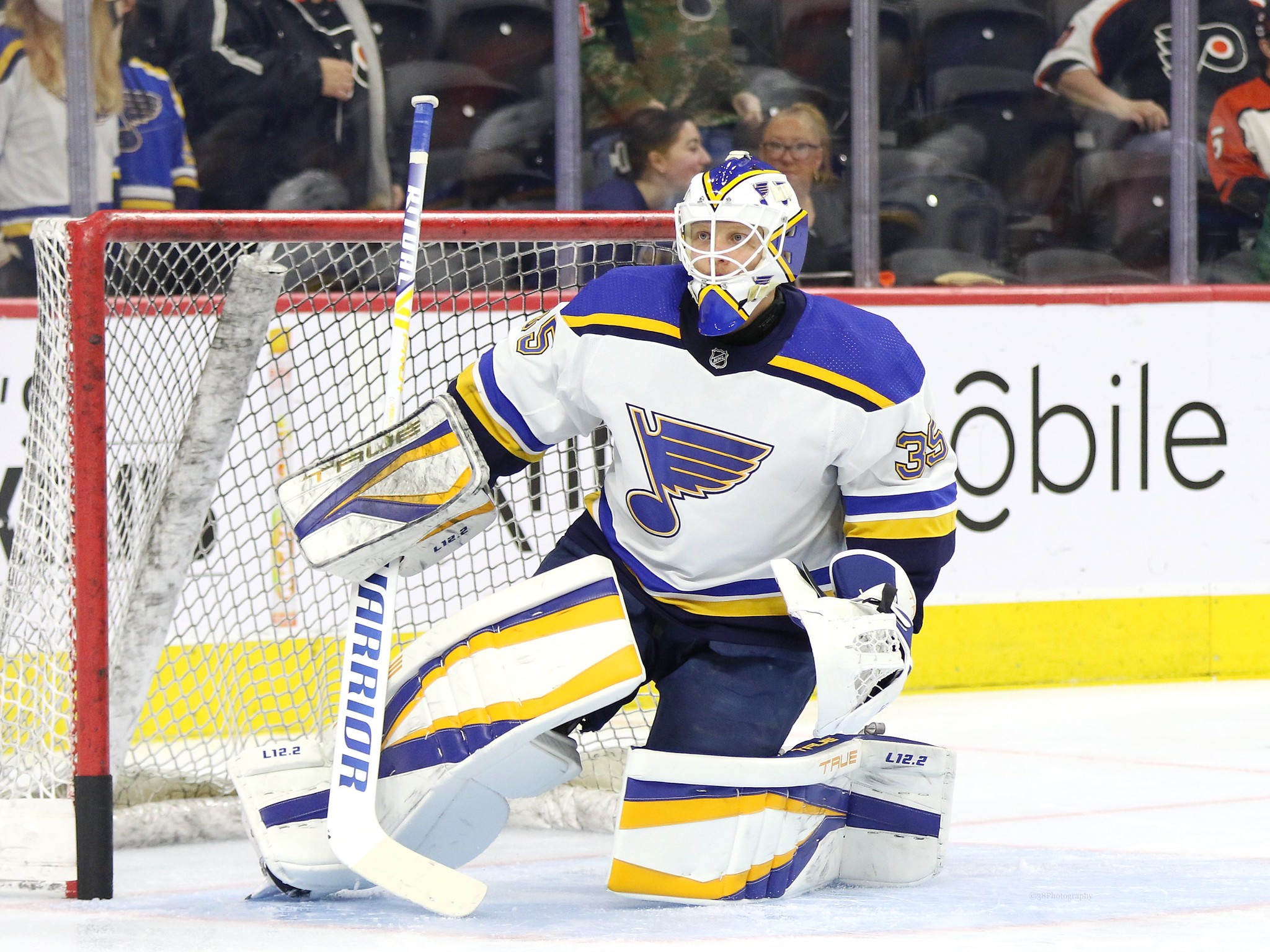It will be a challenge in 2022-23 for the Edmonton Oilers to be better than they were this past season. But if the team wants to do so and build a solid roster around their core, the Oilers will need to clear up cap space this offseason. Outside of Mike Smith or Duncan Keith simply walking away and retiring, the easiest way to free up money and keep as strong a team on the ice as possible is via trade. The most likely trade piece GM Ken Holland has available is defenseman Tyson Barrie.
As popular as it is to say the Oilers need to move Barrie, it’s not enough to just get his contract off the books. The Oilers have to try and win the trade. A trade victory could come in a number of different forms, but not doing well by shipping the veteran out is not acceptable and the end result of the deal will certainly play its role in the success or lack thereof of the team moving forward.
Can the Oilers Move Barrie?
If you listen to a good portion of fans (both inside and out of the Edmonton market), they’ll tell you that the Oilers won’t get much for Barrie. I don’t believe that to be true. Barrie is a smart offensive player with near-elite power-play skill. He’s got his negatives, but he made Frank Seravalli’s list of tradable assets in his recent The Daily Faceoff series and there should be a half-dozen teams that would show interest at his price point and with little term remaining on his deal.

More and more scribes from other teams around the league and talking about Barrie when it comes to their respective rosters. He’s a player of interest and his name has been mentioned in connection to Pittsburgh, Seattle, Montreal, and Vancouver, among a number of other possible destinations.
Why the Oilers Should Move Barrie
Part of the reason Barrie is undervalued in Edmonton is that the Oilers have the luxury of Evan Bouchard progressing up the depth chart. These two players are similar in many ways and Bouchard is rightfully taking his spot in the Oilers’ top four. The fact that Bouchard will continue to see more and more ice time in important situations means Barrie will see less and less. The more Barrie’s minutes are limited, the less attractive he becomes to teams that will wonder if he can help them in a top-four role.
As a result, trading Barrie isn’t just about the money. He is still only 30 and has two more years left on his contract with an annual average of $4.5 million. He accumulated 41 points (7 goals, 34 assists) in 73 games played last season. He needs to be a point producer for a team that shows interest and that means selling him for as high a return as possible, not when he’s only averaging 13-17 minutes per game and a 30-point defenseman.
What Does a Trade Win Look Like?
There are a few things Ken Holland should be looking for if he’s moving on from Barrie. First, the cap space that comes with sending $4.5 million off next year’s roster. That money can be used to try and negotiate with Evander Kane or put towards the acquisition of a starting goaltender.

Second, Holland needs to bring back a useful piece with the money he’s required to take on. In other words, it’s not likely a team agrees to trade for Barrie without sending some salary back to the Oilers. If Holland has to take on some money, it should be in the form of a useful piece like a depth right-shot defenseman who plays a different style than Barrie. Or, it could be in the form of a rugged depth winger who can forecheck and play physically, giving the Oilers a way to more easily move Zack Kassian. The Oilers have holes and it would be ideal if Holland could use this trade to try and fill one or set the groundwork for a second deal.
Finally, the key is not to move him if it doesn’t help the team. It’s one thing to send money out, but if it’s bringing too much money or a player the Oilers don’t want, the team is better to hold off and wait for the right deal. Barrie is still useful, he’s just a luxury the Oilers really can’t afford.